
Dragon dance performers interact with spectators at a grand parade in Huizhou during the Lantern Festival on Feb 24. (Photo provided to China Daily)
Birth from lotus flowers
At the main venue of the Dancing with the Chinese Dragons parade hosted in Huizhou city, South China's Guangdong province, on the recent Lantern Festival, which fell on Feb 24, the Baiye dragon dance stood out among 50 such performances of various styles from around the country.
The Baiye dragon performance, which first emerged in Changxing county, Huzhou, Zhejiang province, was a refreshing sight for the audience with the swinging of props resembling lotus leaves, blooming flowers, and the fluttering of colorful butterflies. Just as the audience was wondering the whereabouts of the dragon, it emerged from the lotus flowers.
The 10-second assembly and entrance of a long dragon from the petals and leaves is the result of folk wisdom that has been passed down for over 200 years, says Gu Yue, deputy head of the Baiye dragon troupe.
It usually takes a month to create such a dragon, with over 130 processes, involving more than 80 different materials.
The lotus flowers are usually divided into nine sections and connected with iron hooks. During the performance, meticulous staging and rapid assembly are required to achieve the clever transformation from lotus flowers to the long dragon.
It usually takes years of practice for a performer to get the whole thing down to such a fine art, from playing supporting roles, such as lotus flowers and leaves, to leading as the dragon body, tail, and head, according to Gu, who has performed the dance for more than two decades.
"You might master the basics in two months, but to grasp the essence needs at least two years," Gu says, adding that the dragon head alone weighs 5 kilograms and controlling it is a demanding task for the performer.
The Baiye dragon performance from Zhejiang province is among the highlights of a national dragon dance gala during Spring Festival in Huizhou, Guangdong province. [Photo provided to China Daily]
The Baiye dragon dance has stamped a route to grand occasions, including the opening ceremony of the 19th Asian Games in Hangzhou, Zhejiang, and the China International Import Expo in Shanghai last year. It has also represented Zhejiang in international cultural events, including those in Russia, New Zealand, France and South Korea.
Gu reminisces about the diverse dragon dance forms he witnessed at the Huizhou parade, which consisted of 18 dragon shows that have been granted national intangible cultural heritage status and a performance from Hong Kong and Macao, respectively, complemented by 31 provincial intangible cultural performances from Guangdong.
"It speaks volumes about the country's rich heritage of dragon dances," he says.
More than 1,200 performers joined the parade along a 3.6-kilometer route, attracting more than 150,000 onlookers. More than 18 million people watched the parade online. The event was co-hosted by the intangible cultural heritage department of the Ministry of Culture and Tourism, the Guangdong provincial culture and tourism bureau and the Huizhou government, and aimed to create a festive atmosphere to celebrate the Chinese New Year and strengthen the promotion, interpretation and inheritance of traditional Chinese culture.
Venezuelan vlogger Rafael Saavedra got a good understanding of the festivities during the parade.
"Seeing teams from different provinces, I feel the diversity and fascination of Chinese culture," says Saavedra, who now lives in Shenzhen, Guangdong.
"I've fallen in love with the profound and vast traditional culture of China, and this is what I want to share with other countries around the world," he says.










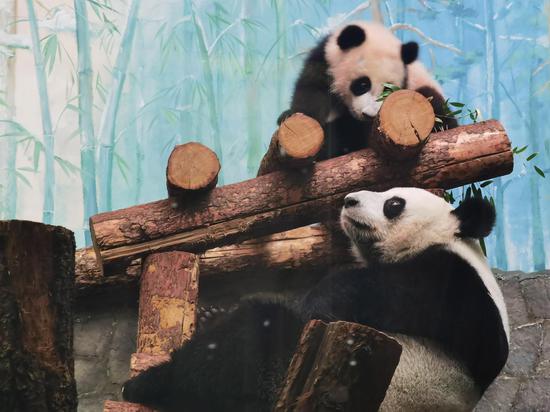







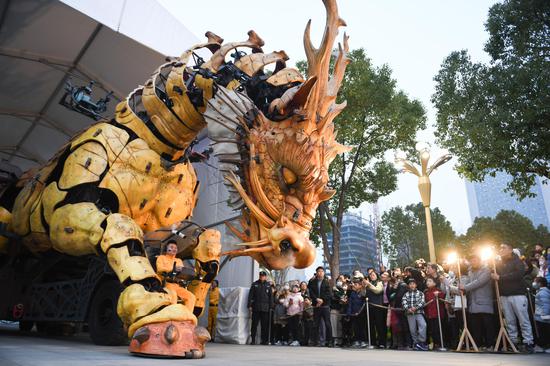
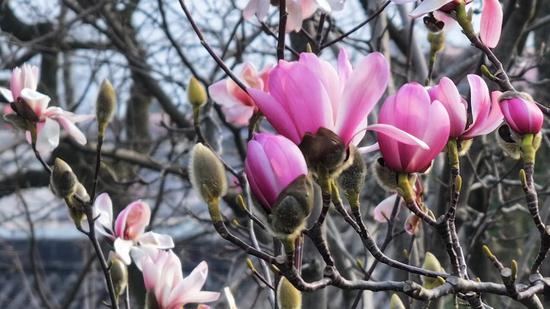


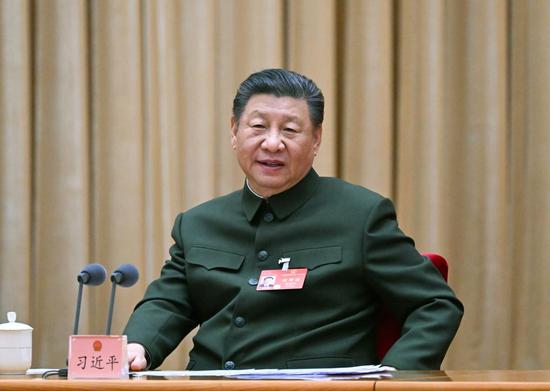
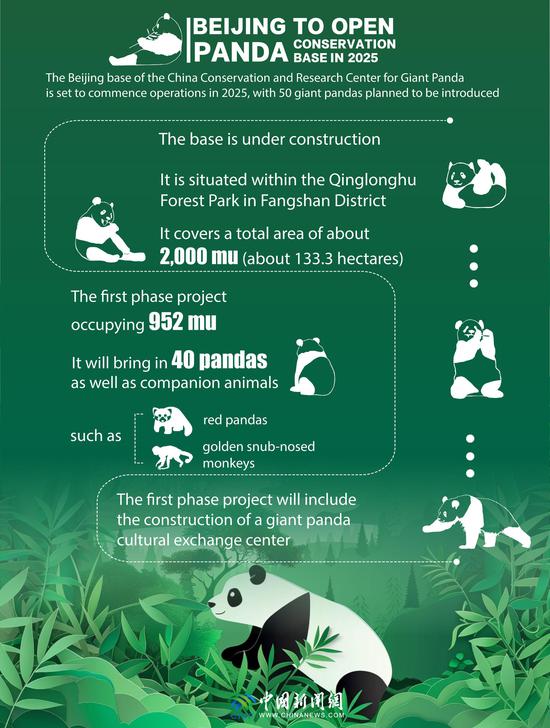




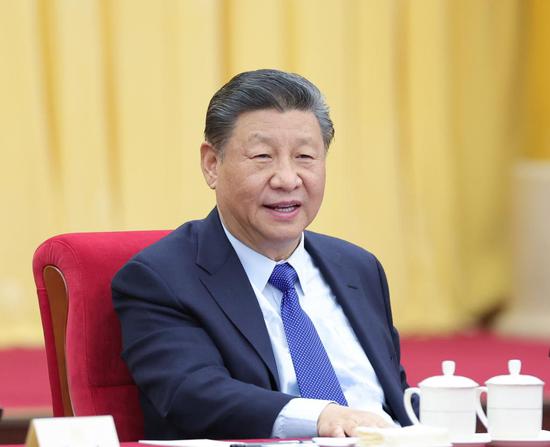





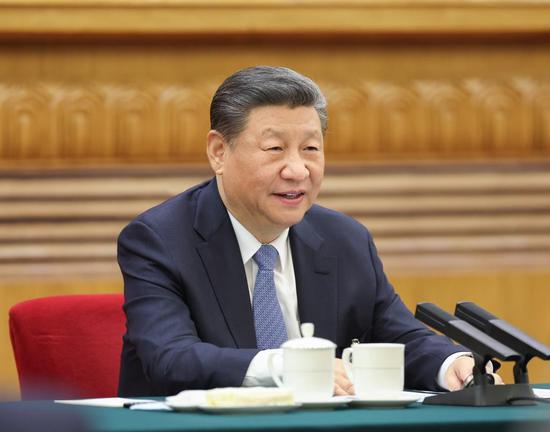

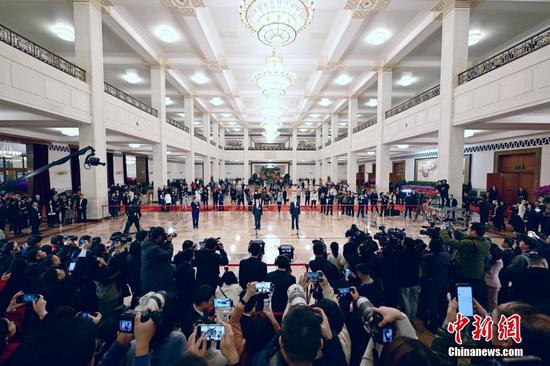





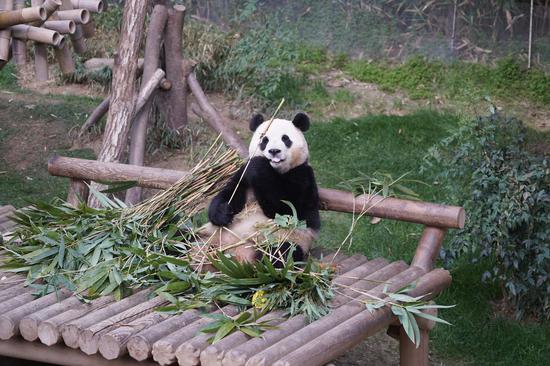







 京公网安备 11010202009201号
京公网安备 11010202009201号